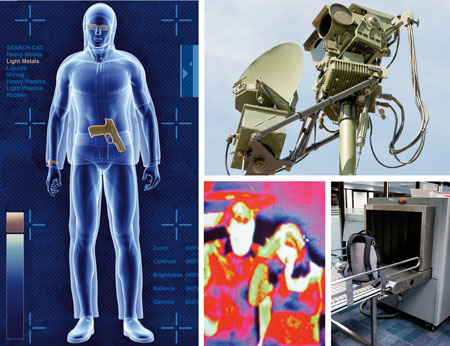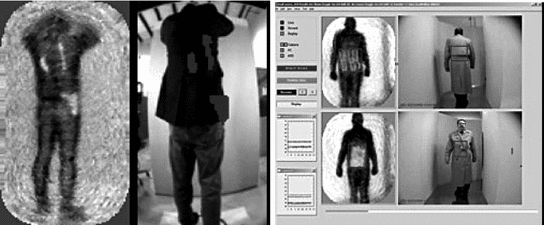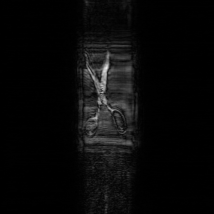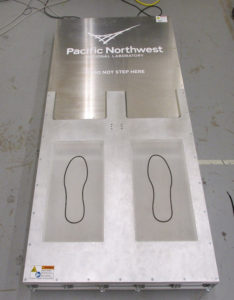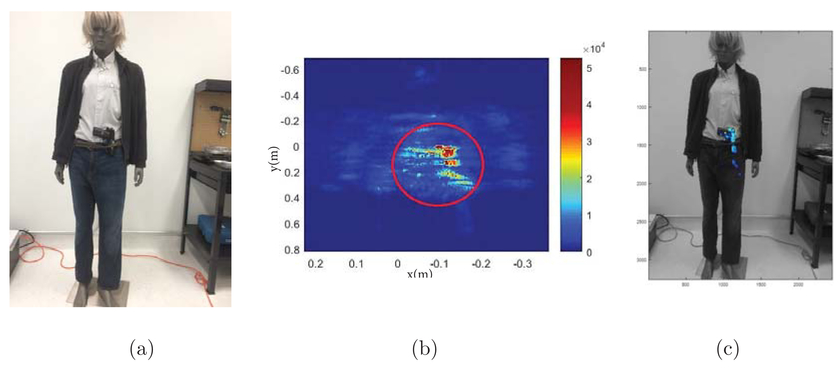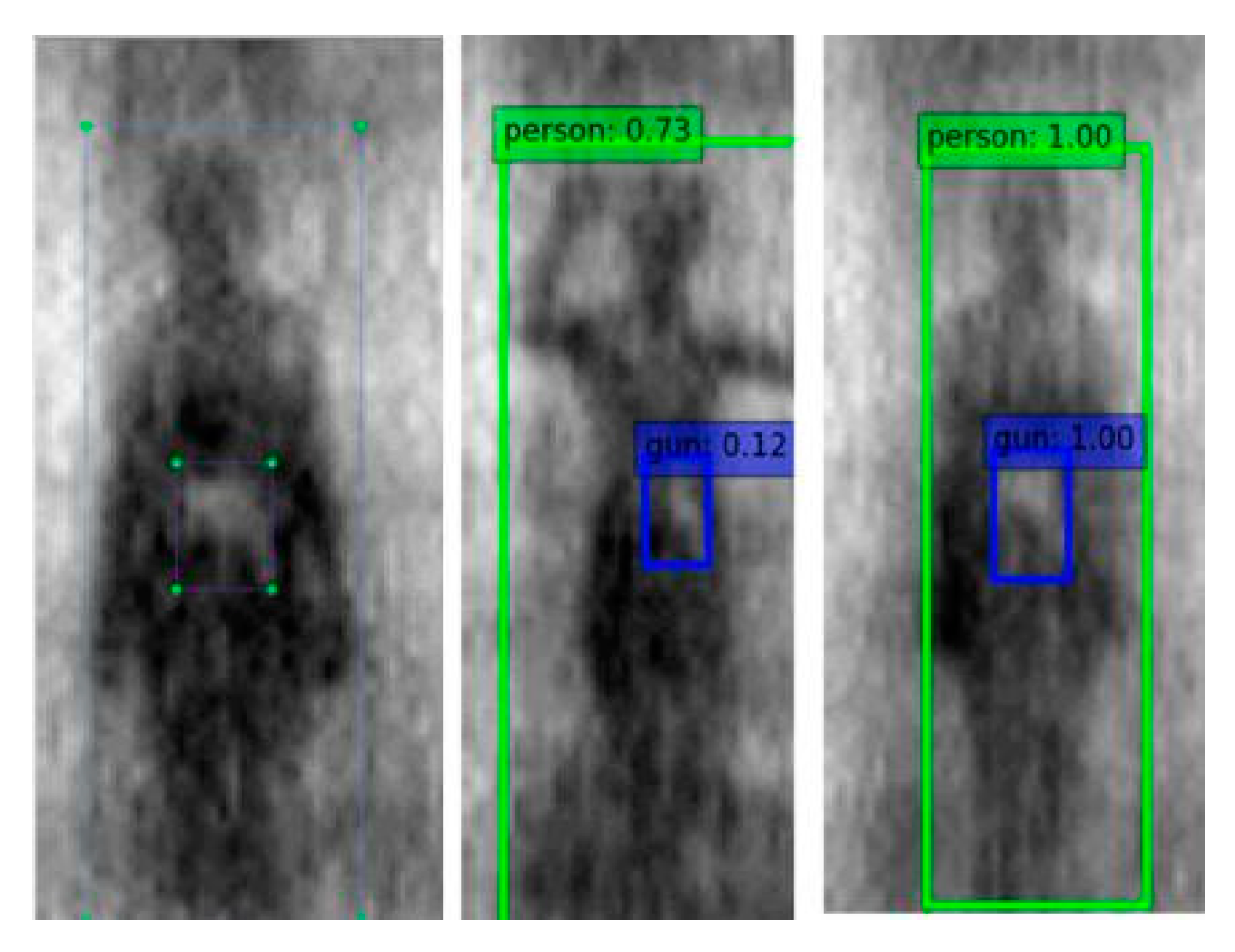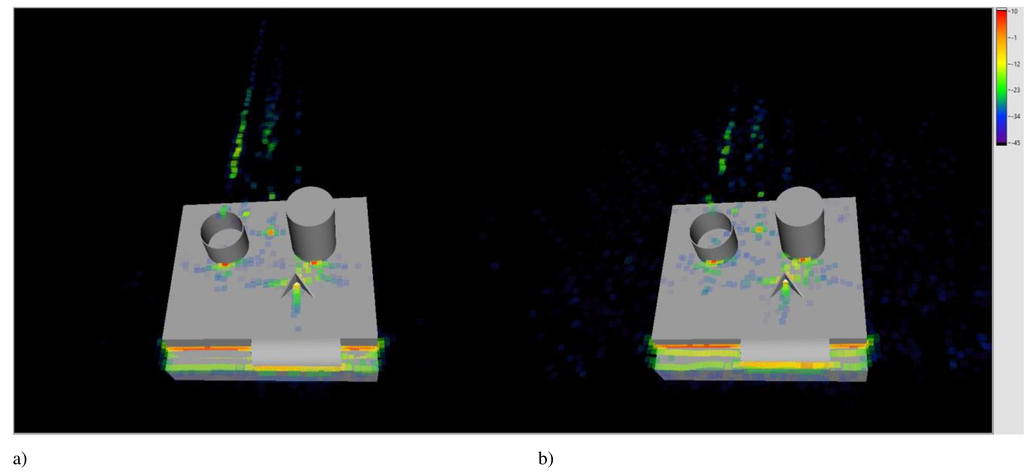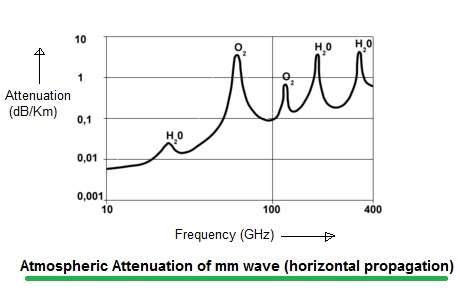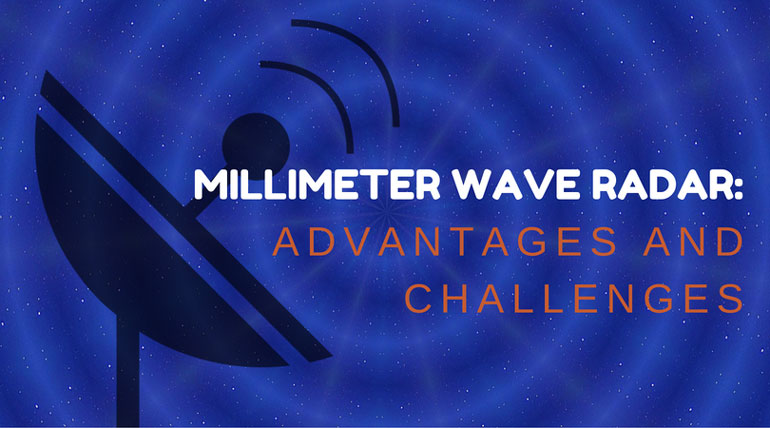Millimeter Wave Radar Imaging
The millimeter wave mm wave frequency band is promising for various applications such as wireless sensing imaging and communications.
Millimeter wave radar imaging. Under active illumination images show scattering patterns from the scene and differential contrast is due to differences in the scattering properties of clothing skin other dielectrics and metals. Together the two companies are offering a new development kit for academic and industry researchers to explore and develop 4d millimeter wave 4d mmwave imaging and sensing applications. The advantage of millimeter wave radiation is that in addition to clear weather day and night operation it can also be used in low visibility conditions such as in smoke fog clouds and even sandstorms. However these systems can only work at very near distances 50cm and use very bulky human sized arrays similar to airport security scanners 47.
Millimeter wave and thz imaging are proving to be valuable adjuncts to visible ir and x ray imaging systems. In most applications millimeter wave sensors are superior to microwave and infrared based sensors. Several countries employ the scanners for security screening. The signal available for millimeter wave imaging is substantially enhanced using active sources to illuminate the person or object as is also the case for automotive radar.
Millimeter wave radars serve a wide range of applications such as remote sensing safety and measurement. Each transmitter emits a pulse of energy which travels as a wave to a person standing in the machine passes through the person s clothes reflects off the person s skin or concealed. Product application notes millimeter wave radar subsystems applications. Other radar systems that can achieve high resolution at longer dis.
A millimeter wave scanner is a whole body imaging device used for detecting objects concealed underneath a person s clothing using a form of electromagnetic radiation. Millimeter wave scanners produce their waves with a series of small disc like transmitters stacked on one another like vertebrae in a spine. It is one of the common technologies of full body scanner used for body imaging. A single machine contains two of these stacks each surrounded by a curved protective shell known as a radome connected by a bar that pivots around a central point.
Millimeter wave imaging and perception we focus on the design of next generation radar systems for applications such as gesture recognition e g implemented on handhelds laptops or televisions and vehicular situational awareness. Typical uses for this technology include detection of items for commercial loss prevention smuggling and screening at government buildings and airport security checkpoints. Therefore the radar returned image data is the same indoor and outdoor.


